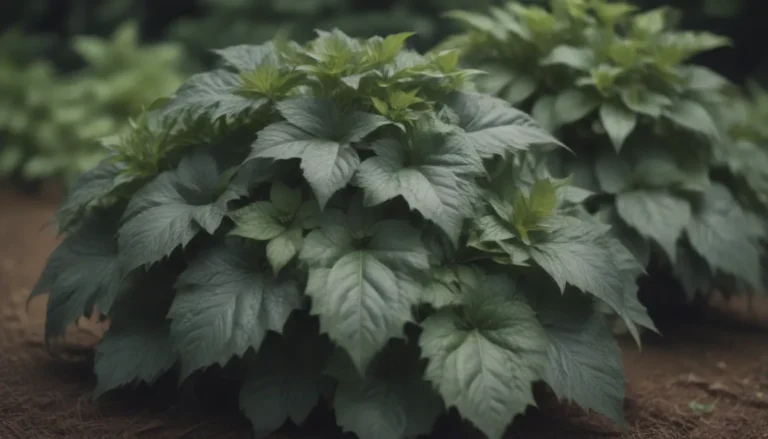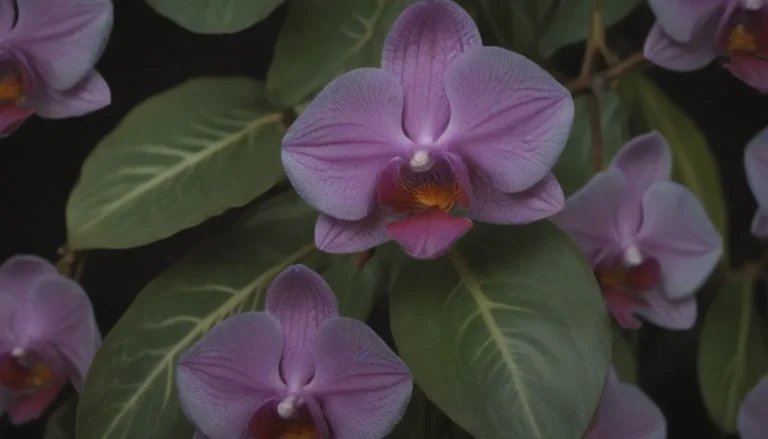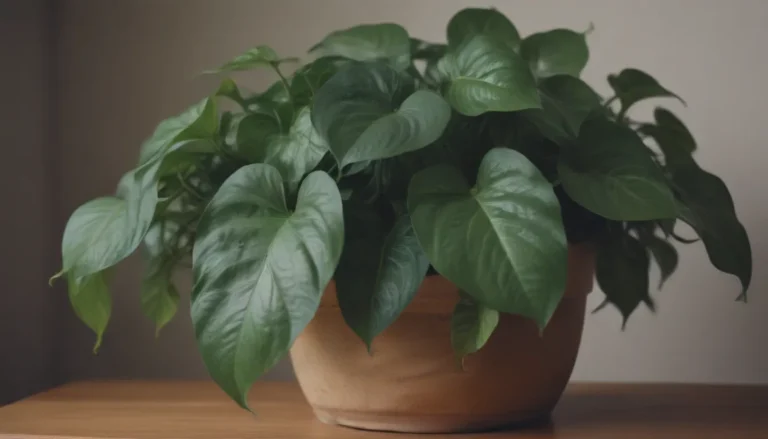Everything You Need to Know About Growing and Caring for Hummingbird Bush (Flame Acanthus)

If you’re in search of a hardy, vibrant addition to your xeriscape landscaping that will attract hummingbirds with its stunning blooms, look no further than the hummingbird bush, also known as flame acanthus. This Texas native shrub boasts vibrant orange or red tubular flowers that bloom from spring to fall, making it a favorite among gardeners looking to add some color and wildlife interest to their yards.
Why Choose Hummingbird Bush?
The hummingbird bush is a versatile plant that can thrive in various conditions, making it a great choice for both beginner and experienced gardeners. Here are a few reasons why you should consider adding this unique shrub to your landscape:
- Drought-tolerant: The hummingbird bush is perfectly suited to hot, dry climates and requires minimal water once established.
- Attracts hummingbirds: The bright blooms of the hummingbird bush are irresistible to hummingbirds, making it a must-have for bird lovers.
- Low maintenance: This shrub is easy to care for and doesn’t require much fertilization or pruning, making it a fuss-free addition to your garden.
Hummingbird Bush Care Tips
To ensure your hummingbird bush thrives and continues to delight both you and your feathered friends, here are some essential care tips to keep in mind:
Light
The hummingbird bush thrives in full sun but can also tolerate partial, dappled shade. To ensure your bush produces vibrant blooms, place it in a spot that receives at least six to eight hours of sunlight per day.
Soil
This shrub isn’t picky when it comes to soil type and can grow well in rocky, infertile soils. It can even tolerate clay soils as long as they are well-draining.
Water
While the hummingbird bush is drought-tolerant once established, it’s important to provide deep watering after planting to help the roots settle. After the first growing season, water sparingly, only during periods of drought in the summer months. Deep monthly watering is typically sufficient, but be sure to skip watering if there has been adequate rainfall to prevent root rot.
Temperature and Humidity
The hummingbird bush is fairly cold-tolerant, remaining root hardy down to around zero degrees Fahrenheit. It may freeze to the ground in winter but will regrow in the spring. If temperatures drop as low as 10 degrees Fahrenheit, the bush may become deciduous, losing its leaves but retaining its exfoliated bark.
Fertilizer
This low-maintenance shrub doesn’t require much fertilization, but adding a layer of compost in early spring can help boost growth and encourage abundant blooms.
Propagating Your Hummingbird Bush
If you want to propagate your hummingbird bush and create more of these beautiful shrubs, softwood cuttings from the current year’s growth are the way to go. Select tender stems from spring to mid-summer for the best results.
How to Grow Hummingbird Bush From Seed
Growing hummingbird bushes from seed is also an option if you’re feeling adventurous. Follow these steps to grow your own shrubs from seed:
- Collect ripe seeds from mature plants in the fall.
- Soak the seeds in warm water for 24 hours to soften the seed coat.
- Plant the seeds in well-draining soil in spring and keep them moist until they germinate.
Common Pests & Plant Diseases
One of the great things about the hummingbird bush is its resilience to pests and diseases. The main concern is root rot, which can occur with overwatering. Otherwise, this shrub is relatively low-maintenance when it comes to pest control.
How to Get Your Hummingbird Bush to Bloom
The vibrant blooms of the hummingbird bush are its crowning glory, attracting hummingbirds and other pollinators to your garden. Here are some tips to encourage more blooms:
- Provide ample sunlight: Aim for at least six to eight hours of full sun per day for optimal blooming.
- Supplemental watering: During the hottest and driest months, a careful amount of supplemental irrigation can help promote more blooms.
- Winter pruning: Pruning in the winter encourages vigorous blooming in the following season.
Additional Tips for Growing Hummingbird Bush
To help your hummingbird bush thrive and continue to delight you with its colorful blooms, here are a few additional tips to keep in mind:
- Native to Texas: The hummingbird bush is a native plant from south-central and west Texas to northern Mexico, making it well-suited to hot, dry climates.
- Not considered invasive: While the hummingbird bush is fast-growing and hardy, it is not considered invasive in its native range or in other areas where it is grown.
- Pruning recommendations: While pruning isn’t necessary for the hummingbird bush, severe pruning every few winters can encourage abundant blooms and a compact shape.
By following these care tips and recommendations, you can enjoy a thriving hummingbird bush in your garden that will bring joy to both you and the hummingbirds that visit. So go ahead and add this stunning shrub to your landscape and watch as it attracts these delightful birds with its vibrant blooms.





